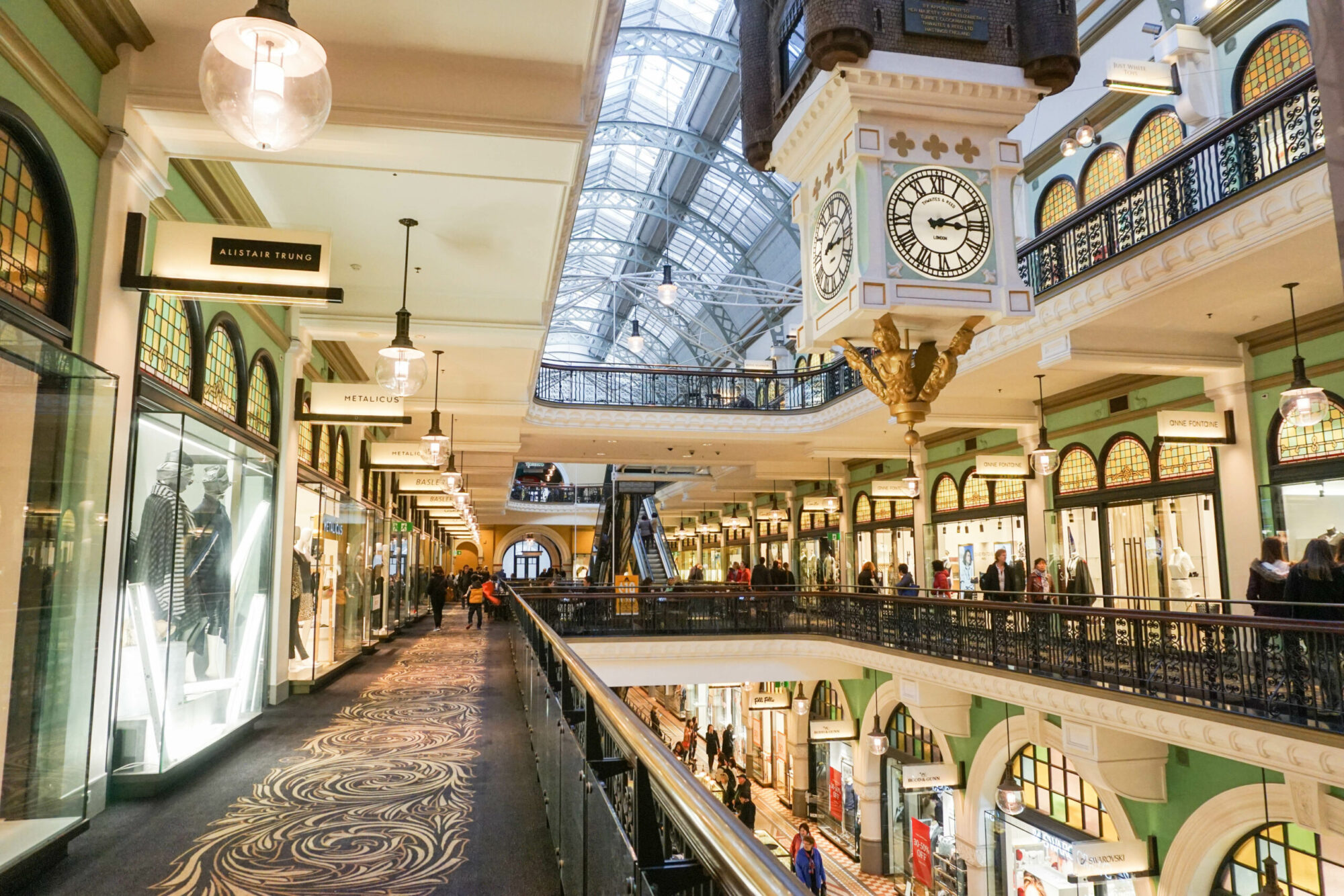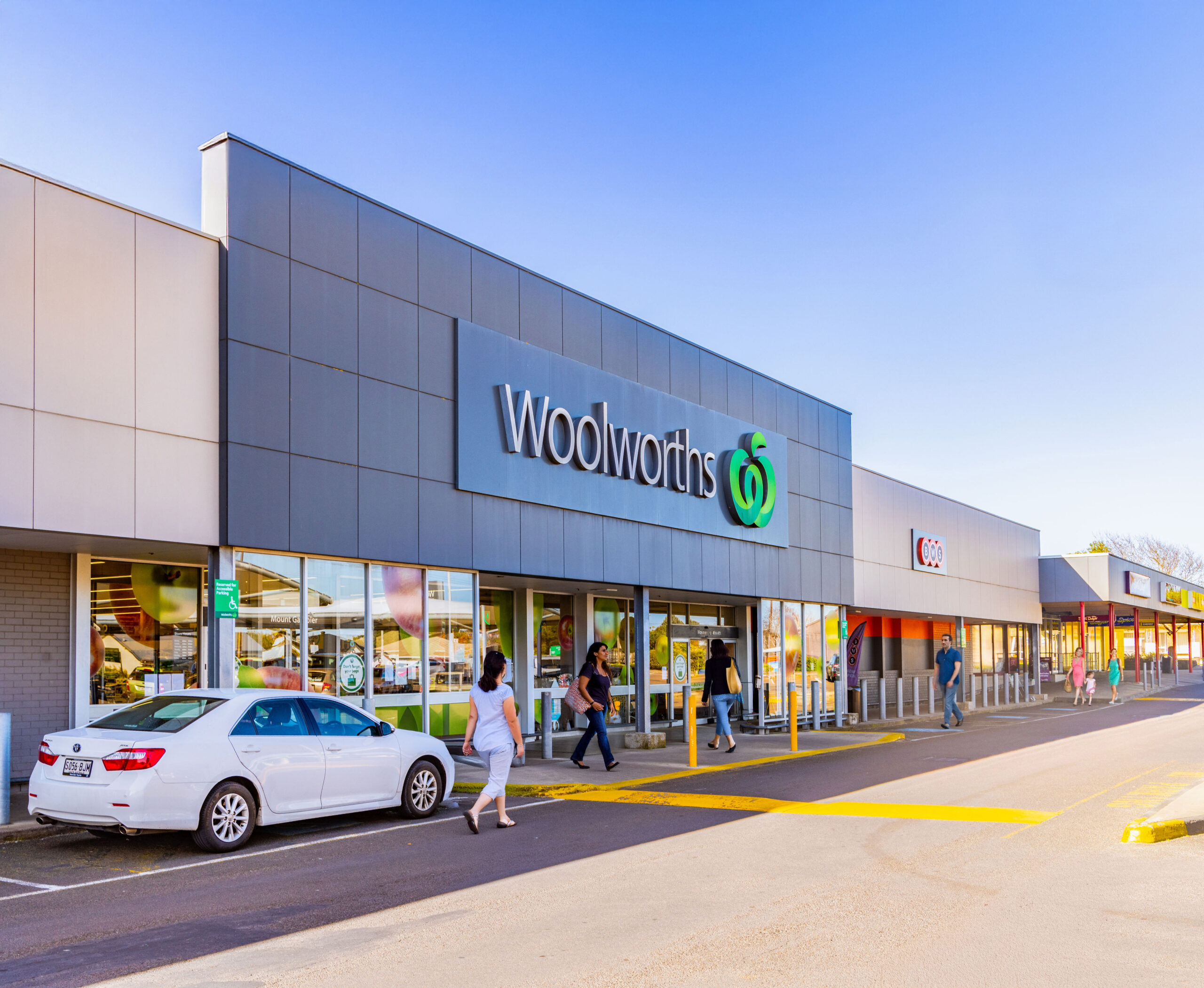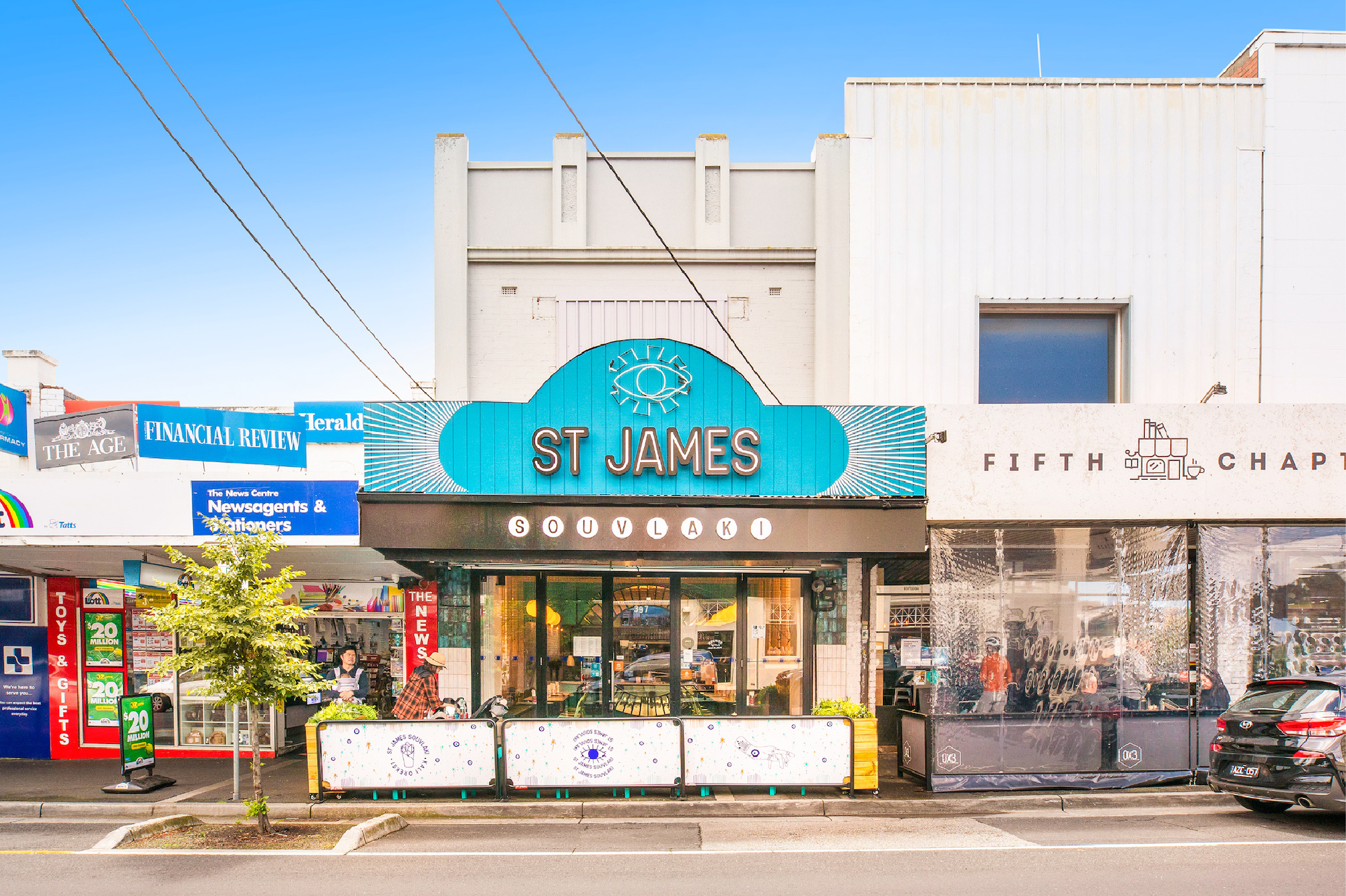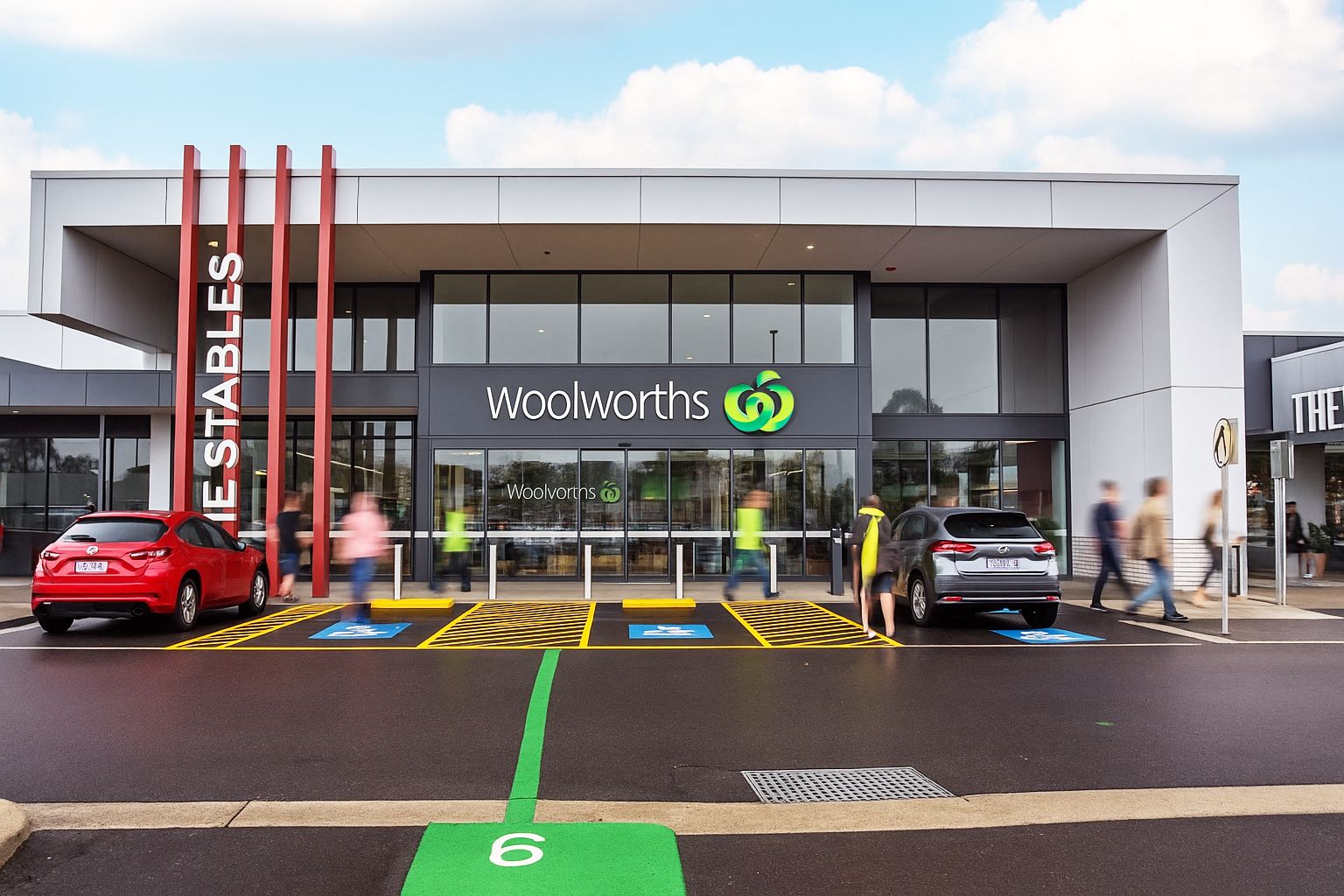
Australia is heading toward a major shortfall in retail space as new development activity slows to its weakest level in years, even while demand from global and national brands surges across the country’s city centres. According to The Australian Financial Review, research by Colliers reveals that the supply of new retail floor space is expected to fall by 72 per cent over the next five years compared with the period before the COVID-19 pandemic.
With population growth and strong consumer spending continuing to drive demand, the squeeze on available retail sites is intensifying, particularly in the CBDs of Sydney and Melbourne. Since 2022, average rents in city centres have increased by about 4 per cent, reflecting heightened competition for prime locations. Similar findings were highlighted in Australia’s Retail Sentiment is Rising, which reported that the constrained pipeline and higher construction costs are fuelling upward pressure on retail rents across major markets.
Colliers’ head of retail leasing and advisory, Michael Tuck, said elevated construction costs had curbed the delivery of new retail assets, leaving the market undersupplied. He noted that “constrained supply and steady rental growth are underpinning landlord confidence,” while retailers are vying for the few quality spaces available.
The strength of the sector is also underpinned by solid sales activity. Australia’s total retail trade is now tracking around 21 per cent above pre-pandemic levels, suggesting resilient consumer demand despite cost-of-living pressures. Yet, with population growth outpacing development, the amount of retail space per capita continues to decline. Colliers estimates that maintaining current supply ratios would require an additional 2 million square metres of retail space nationwide by 2035, roughly the equivalent of nine Chadstone shopping centres.
Recent store openings underscore the appetite for flagship retail experiences. Beauty giant Mecca launched its three-level, 4,000-square-metre “superstore” on Melbourne’s Bourke Street Mall in August, hailed as one of the city’s biggest retail events in a century. Meanwhile, Pop Mart, the Chinese collectibles retailer behind the viral Labubus figurines, opened one of its largest Australian stores in Sydney’s World Square.
Foot traffic trends further reflect a retail revival. National CBD visitation has rebounded to within 6 per cent of pre-pandemic levels, with Brisbane, Perth and Adelaide surpassing their 2019 benchmarks, and Sydney and Melbourne not far behind.
Institutional landlords are also capitalising on retail’s recovery by activating ground-floor space within major office towers. Dexus, one of Australia’s largest property groups, is integrating retail offerings into several of its premium CBD office assets, including 25 Martin Place in Sydney and 80 Collins Street in Melbourne. Luxury brands such as Saint Laurent and Moncler now occupy these coveted precincts.
Dexus Executive General Manager of Retail, Kirrily Lord, said the firm’s CBD holdings positioned it well to attract high-end retailers seeking prime exposure at the base of “super prime” office buildings. The group currently has a $13.3 billion development pipeline and is exploring further opportunities to expand its retail and mixed-use footprint across its portfolio.
As retail sales remain strong and foot traffic continues to improve, the challenge now lies in ensuring enough new supply comes to market to meet rising demand. A recent Retail & LFR Market Pulse | Q2 2025 report supports this view, noting that limited development activity and sustained occupier demand are driving tighter conditions across the retail landscape. Without a significant uplift in construction, the nation could soon face a major retail space shortage.






